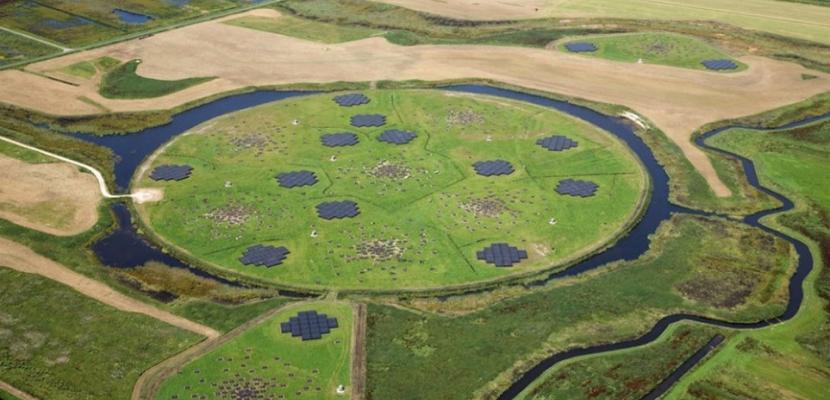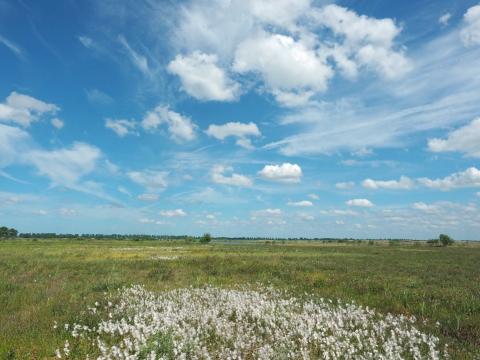
LOFAR-science technology and nature development go hand in hand

About this good practice
In the context of the restoration of nature and landscape in the entire Hunze area, opportunities have been explored to restore nature on the flank of the Hondsrug ridge and the stream valley. Until the Second World War, large-scale swamps existed here that were influenced by mineral-rich seepage water.
At that time, the institute for space research ASTRON was looking for space in the Northern Netherlands to set up a large-scale antenna project in a region where there was little influence from external sources. Their eyes fell on the area that we now know as LOFAR.
The Province of Drenthe, the Drentse Landschap Foundation, ASTRON and the municipality have jointly supported this project to not only set up this new radio telescope, but to combine it with the realization of a large nature reserve of approximately 400 hectares on the flank of the Hondsrug.
There was a very small nature reserve in this area (0.25 ha) with some species belonging to poor grassland. it was the only nature reserve in this very large region. The reserve was severely dried out, many species had disappeared.
The development of the area was completed in 2008 and the small reserve was included in the new nature reserve. A very rich nature reserve has now developed with numerous special plant and animal species. I.E. six species of orchids grow there, along with species such as common cottongrass, round-leaved sundew, cross-leaved heath, lousewort, marsh lousewort, grass of Parnassus and rare bird species.
Resources needed
Highly financial request to the state, over 52mljn, and 22mljn by the Northern Provinces
Evidence of success
A very rich nature reserve has now developed with numerous special plant and animal species as mentioned before. It also developt into a very rich bird area. Bird watchers from far and wide come here to watch birds.
The redevelopment has created a seepage swamp with a high seepage pressure of mineral-rich groundwater. This has created a type of nature that has become very rare in the Netherlands. There are even developments that point to the development of mesotrophic raised bogs.
Potential for learning or transfer
The practice is giving insight in how science based (private) organisation or institute could add there value to the region by not only doing what they do best -technically, but by connecting stakeholders and create an added value to the educational information and the experiences on (eco)system services by in cooperating natural values.
For example giving guides tours through the nature area and the telescopes explaining the astronomic elements and showing the unique natural elements for the specific area. Connecting ‘the whole world’ to a small area in the Hunze.
The installation of a Steering Committee for LOFAR with all parties gave good results by a joined governance. They did represent all parties involved as so the local community and were managing the input of subsidies involved.
LOFAR is a great example of combining nature conservation with another activity that requires significant space, such as radio telescopes.
Further information
Images
Documents
10yearslofar.pdf
Website
Good practice owner
You can contact the good practice owner below for more detailed information.

